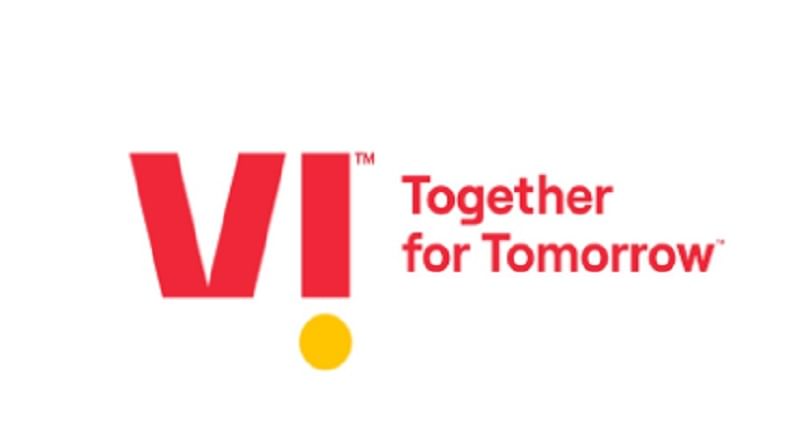Should you invest in VI’s upcoming FPO?
Even if the company succeeds in raising the entire amount of Rs 45,000 crore, most of this will this go towards clearing outstanding dues to the government and big vendors like Indus Towers.
- Sandeep Grover
- Last Updated : April 18, 2024, 19:12 IST

For existing Vi shareholders, and for investors looking to enter through FPO, what would be the right strategy?
First, Rs 20,000 crore will be raised through equity by the end of June. Later, another Rs 25,000 crore will be raised from creditors, which has been approved by the company’s board.
But, the FPO has been approved at a discount of 26-33 percent from this price, i.e. at a price band of Rs 10-11. This issue, which will open from April 18 to 22, will be the country’s biggest FPO. But first, let’s understand all about the issues plaguing the company?
Vodafone Idea or Vi was formed in 2018, when Aditya Birla Group’s company Idea Cellular and UK’s Vodafone Plc’s Indian unit merged. But later, the central government became the biggest shareholder of this company. This is because, post merger, the financial condition of the newly formed entity had worsened.
Vodafone Plc wrote off all its investments in its Indian unit, and put it under bad debt category. It also said that it would not make any further equity investments in this company.
Due to this, Vi has not been able to roll out 5G yet, while Jio has already crossed the 10 crore mark and Airtel has crossed 7.5 crore 5G subscribers by the end of March, 24.
From 2007 to 2016, as rapidly as the number of subscribers grew, competition in the sector also increased at the same breakneck pace. The situation further worsened after Jio’s launch in 2016, because the price war had a significantly adverse impact on the companies’ ARPU i.e. Average Revenue Per User.
The new company formed after the merger of Vodafone and Idea, with their different operating methods, rising competition, need for more capital for to attain new technology, and payments to the government, could not cope up. The situation is that by the end of December 2023, the total debt riding on the company was a staggering Rs 2.14 lakh crore.
Now let’s understand whether the promoter’s and FPO’s funds can resolve the company’s difficulties? To stay in the race in the telecom sector, the company will not only have to strengthen its 4G network, but it will also have to start the 5G rollout at the earliest, which requires a huge amount of capital.
Goldman Sachs recently said that if tariff hikes do not happen, the company will need fresh capital of Rs 65,000-83,000 crore over the next 2 years to compete with Jio and Airtel.
On the other hand, Nomura believes that with a large capital infusion in the short term, the company will be able to clear its outstanding dues, roll out 5G, and also improve its operational position by stemming the decline in subscribers, which would be a big positive for it.
But still, the company will not be able to fully overcome its difficulties, because achieving stability after the 5G rollout will take time, which is very crucial for improving the company’s position.
In fact, CLSA had reduced the target price for the share to Rs 5, prior to the announcement of the FPO. Now the question is whether existing and new investors of Vi should put money in the FPO or not?
According to Motilal Oswal, the upside potential for equity shareholders appears limited due to the high cash requirement for interest payments, despite factoring in the potential benefits from higher ARPU. With limited operating profits, servicing interest payments without external funding will be challenging.
Rajesh Agrawal, HoR at AUM Capital, believes that existing investors can hold their position, but should not invest in the FPO, meaning investors are not advised to go for averaging.
Had the company raised funds through a QIP, there would have been upside potential in the stock, as it would have given an indication of institutional investors’ confidence in the company.
It is difficult to say whether the new capital infusion will lead to a turnaround for the company. But with the FPO at a steep discount, there is hardly any expectation of a major upside in the stock. Hence, it would be better to avoid the stock until there is a significant financial improvement.
Download Money9 App for the latest updates on Personal Finance.
Related
- Budget’24: New LTCG rule to hit long-term property owners hard
- Looking to buy gold? Buy now before it’s too late!
- PhonePe vs. GPay: Indian digital payment giants up for a tussle
- Budget 2024: What is NPS ‘Vatsalya’ scheme? How to apply & other benefits?
- Budget’ 24: Startup ecosystem all smiles with scrapping of angel tax
- Why are e-comm users turning extra cautious? How to avoid dark pattern attacks?

